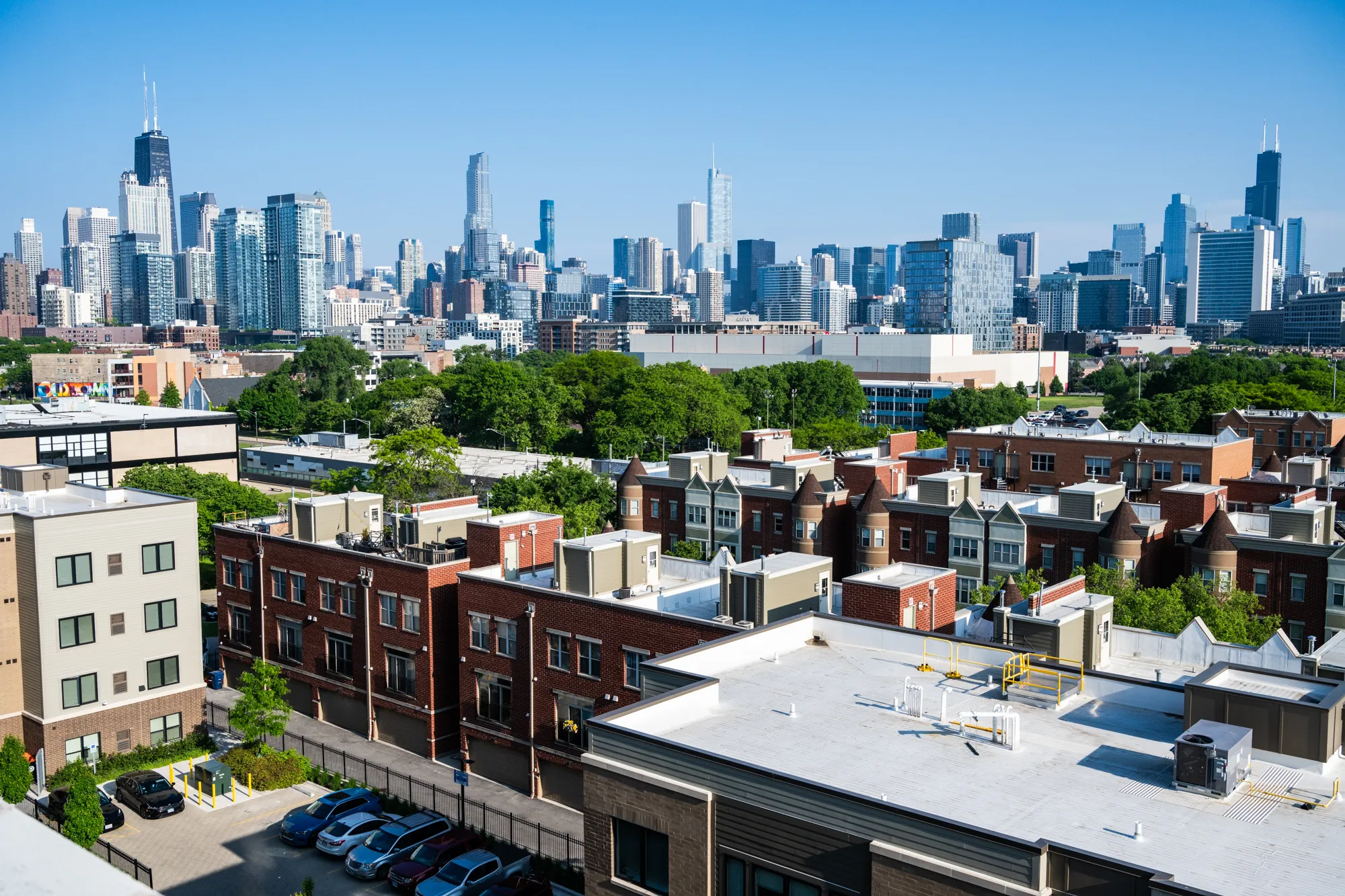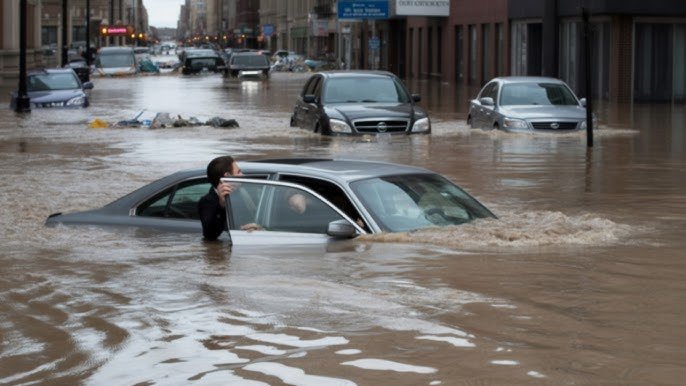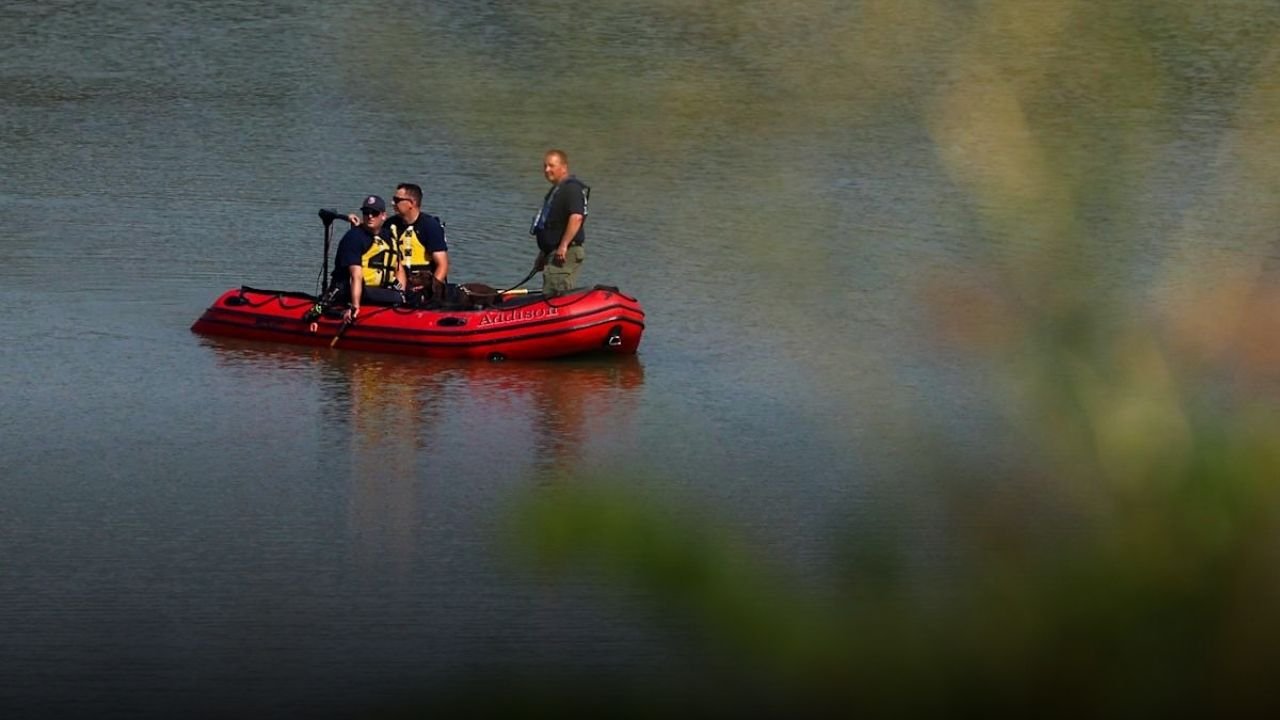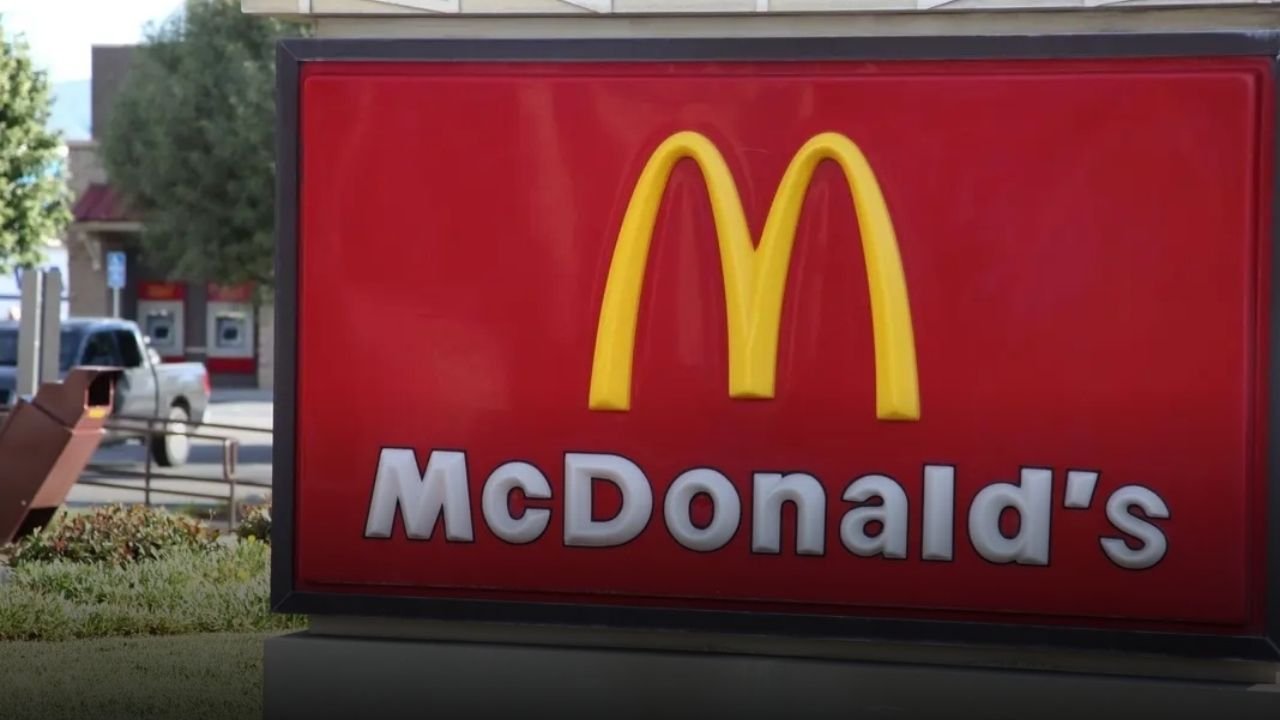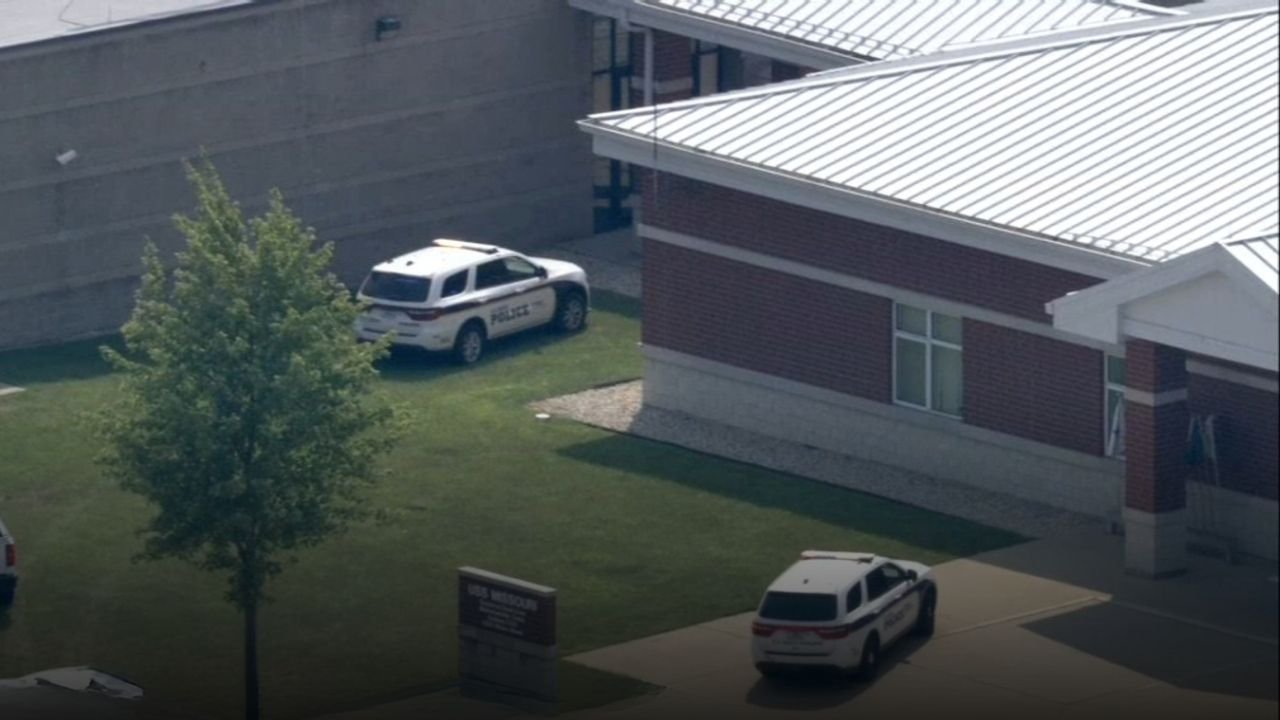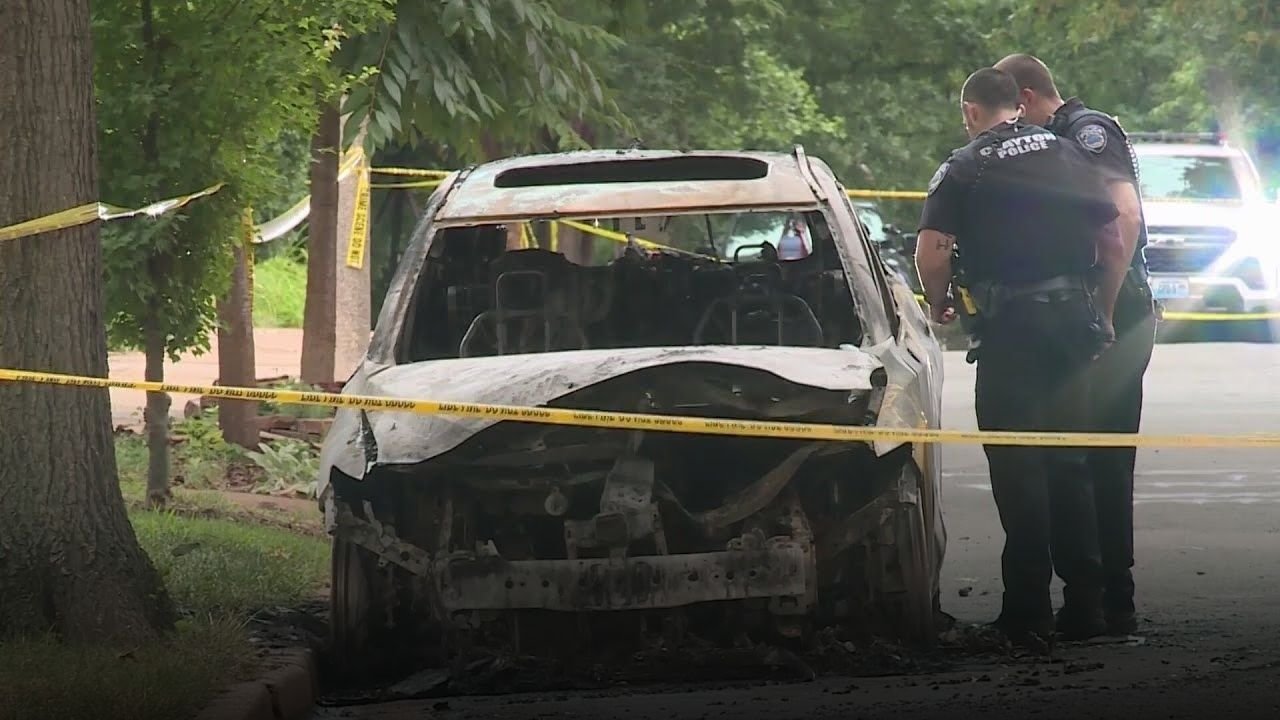CHICAGO, IL — In a revelation that’s both scientifically fascinating and deeply alarming, Chicago is gradually sinking — and it’s happening faster than in most other U.S. cities, according to new analysis by geologists and urban researchers.
While the city isn’t in immediate danger of vanishing underwater, the rate of subsidence — the sinking of land — has prompted concerns about long-term infrastructure stability, flood risk, and future building planning.
Why Is Chicago Sinking?
Experts attribute the phenomenon to a combination of glacial rebound, human infrastructure, and changing groundwater conditions. Chicago lies in an area still adjusting from the melting of glaciers more than 10,000 years ago. As the Earth continues to “bounce back,” some land is rising — but Chicago’s land is doing the opposite.
Geophysicist Seth Stein of Northwestern University explains:
“It’s like sitting on a foam cushion. When you get up, it doesn’t rebound immediately. Chicago is that cushion — and it’s still adjusting from ancient pressure changes.”
This natural rebound has been complicated by modern construction and water withdrawal, particularly in areas with clay-heavy soils that are vulnerable to compression.
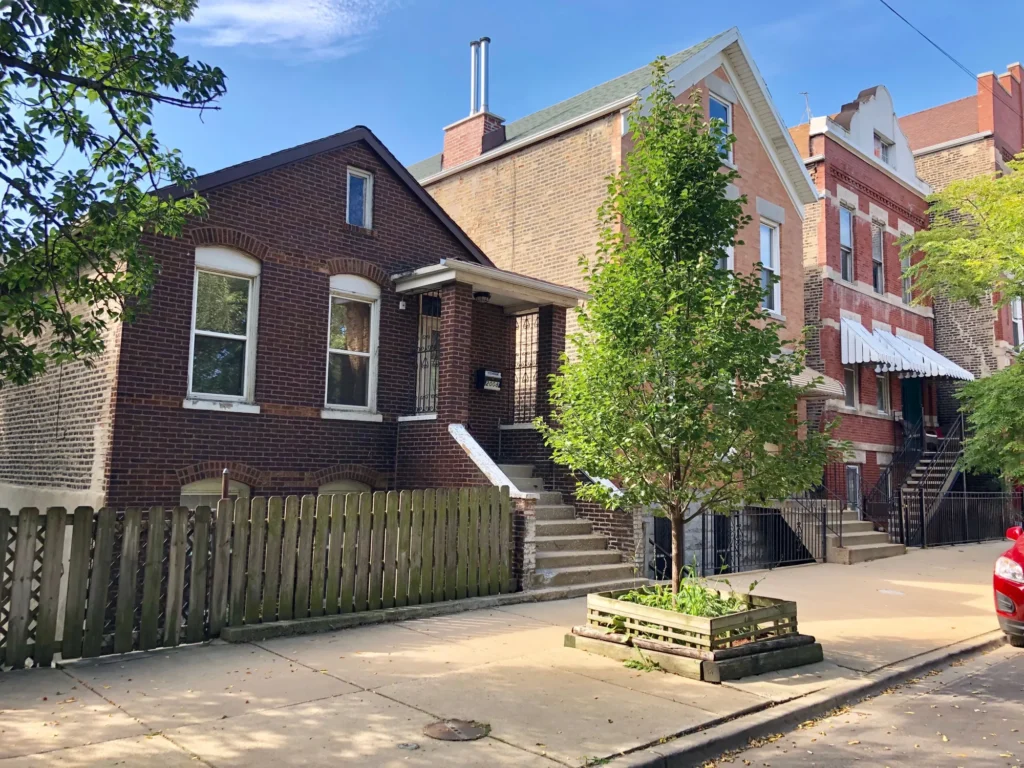
How Fast Is It Happening?
According to satellite-based measurements and geological models, parts of Chicago are sinking at a rate of 1 to 5 millimeters per year. While this may seem minor, over decades, it becomes significant — especially for city planning.
That means in 50 years, certain areas could be several inches lower than they are today.
Where Is It Most Noticeable?
Scientists have detected higher subsidence rates near former industrial zones and lakefront areas, including:
- Portions of South Side neighborhoods
- Areas near the Calumet River
- Zones with dense high-rise development
These locations combine older, sediment-rich soils with intense modern building stress, exacerbating the natural sink.
What Are the Potential Impacts?
- Increased flooding risk during heavy rain events
- Stress on aging infrastructure like pipes, transit tunnels, and roads
- Long-term challenges in urban redevelopment and insurance planning
In a city already confronting climate-related precipitation surges, experts say the combination of subsidence and stronger storms could create complex future risks — especially in low-lying neighborhoods.
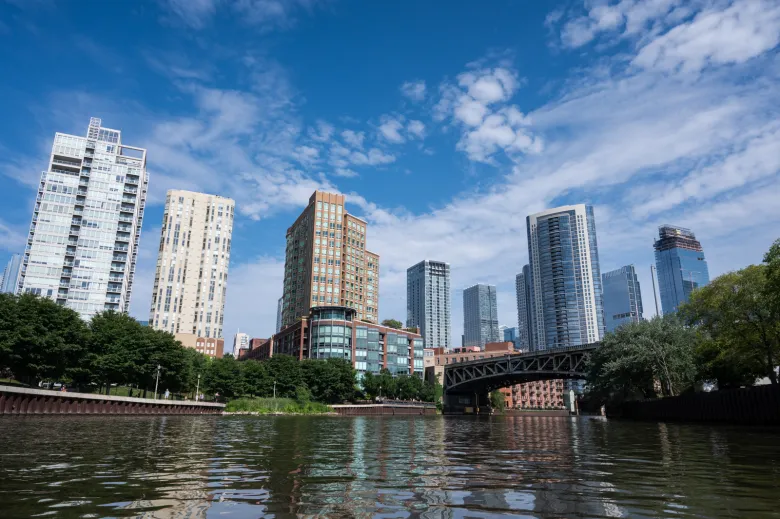
What Can Be Done?
Urban planners and geotechnical engineers are now urging city leaders to:
- Map subsidence zones more aggressively
- Integrate sinking data into zoning codes
- Consider soil stability in building permits
- Expand green infrastructure to absorb rainwater and reduce subsurface stress
Northwestern’s Seth Stein recommends treating subsidence as a “slow disaster”:
“It’s not dramatic like an earthquake. But if we ignore it, it will slowly compromise how the city functions.”
How Does Chicago Compare to Other Cities?
- New Orleans and parts of Houston are also seeing rapid land subsidence, often linked to oil extraction or groundwater overuse.
- But Chicago’s situation is more geologically unique: it’s a legacy of the Ice Age playing out in real time.
Still, the results are similar: shifting foundations, higher flood risk, and long-term instability unless mitigated.
Have you noticed signs of shifting land, foundation cracks, or drainage issues in your neighborhood? Do you think the city should prioritize soil and land monitoring in future development plans? Let us know in the comments how this issue is affecting your area or how you’d like it addressed.
Sources:
- Block Club Chicago
- Northwestern University Geophysics Research
- U.S. Geological Survey (USGS)
- National Centers for Environmental Information (NCEI)

